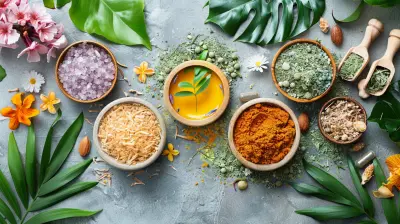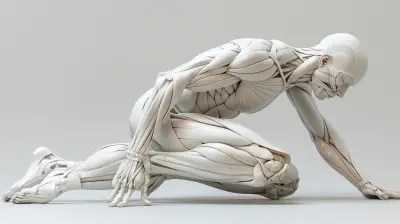The Benefits of Yoga and Pilates for Bone Strength
1 May 2025
If you've ever caught yourself hunched over your phone or feeling stiff after a day at your desk, you're not alone. Most of us don’t think about bone health until we start hearing creaks, cracks, or a doctor mentions the "O" word—osteoporosis. But here's the thing: your bones are alive, and just like your muscles, they need consistent care and attention. That’s where yoga and Pilates come in.
These two low-impact exercises aren't just for flexibility and core strength—they can actually help strengthen your bones. Yep, your skeleton will thank you. Let’s dive deep into how weaving yoga and Pilates into your routine can keep your bones healthy, strong, and resilient.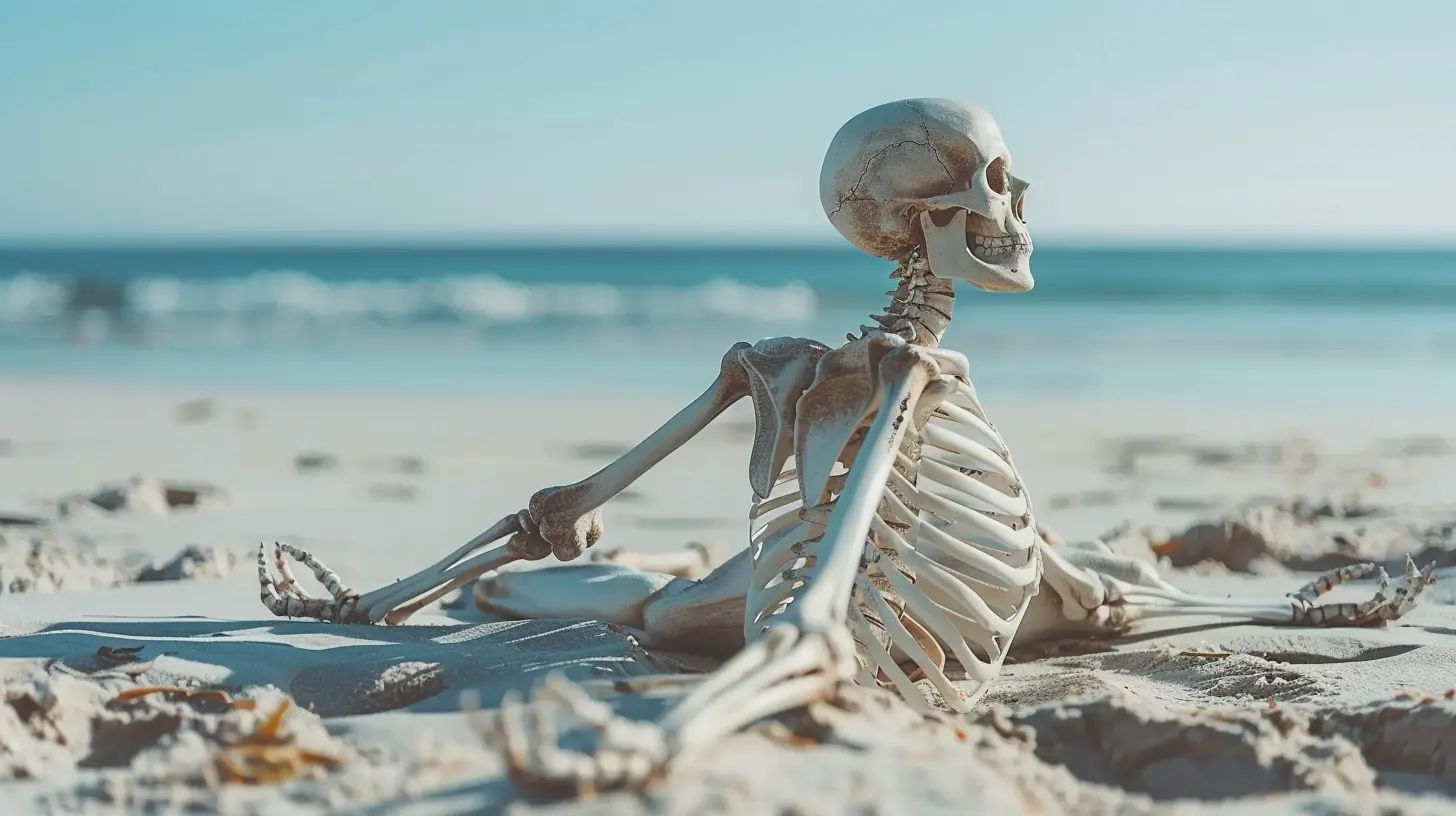
Why Bone Strength Matters More Than You Think
Okay, let’s start with the basics. Your bones aren't just the frame that holds your soft bits together. They’re dynamic, living tissues constantly being broken down and rebuilt. Think of them like a construction site—demolition and rebuilding happen daily.Now, the scary part: as we age—especially post-30—bone density naturally starts to decline. For women, the risk increases after menopause because of estrogen loss. Men aren’t off the hook either. Poor bone health can lead to fractures, mobility issues, and chronic pain.
So, prevention? HUGE. You want strong bones not just to avoid breaks but to stay active, independent, and pain-free into your golden years.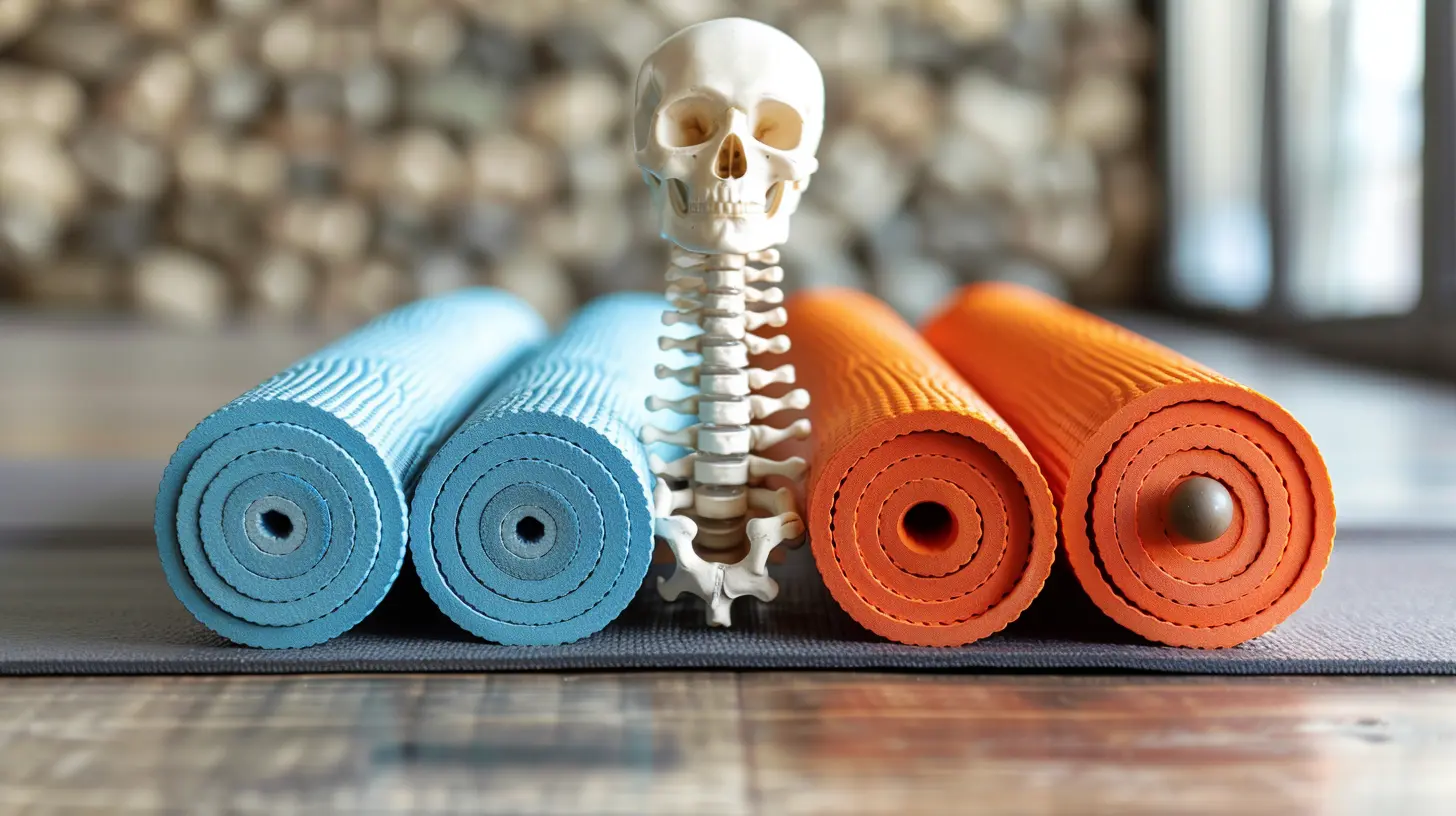
How Exercise Affects Bone Health
Most people think you need to lift heavy weights or do intense cardio to build bone strength. And sure, resistance training helps. But here’s the good news: weight-bearing exercises like yoga and Pilates can also stimulate bone-building cells called osteoblasts.When you move your body against gravity and add slight stress to your bones (in a good way), your body responds by strengthening those areas. Think of it as a gentle wake-up call for your skeletal system—“Hey bones, let’s get stronger!”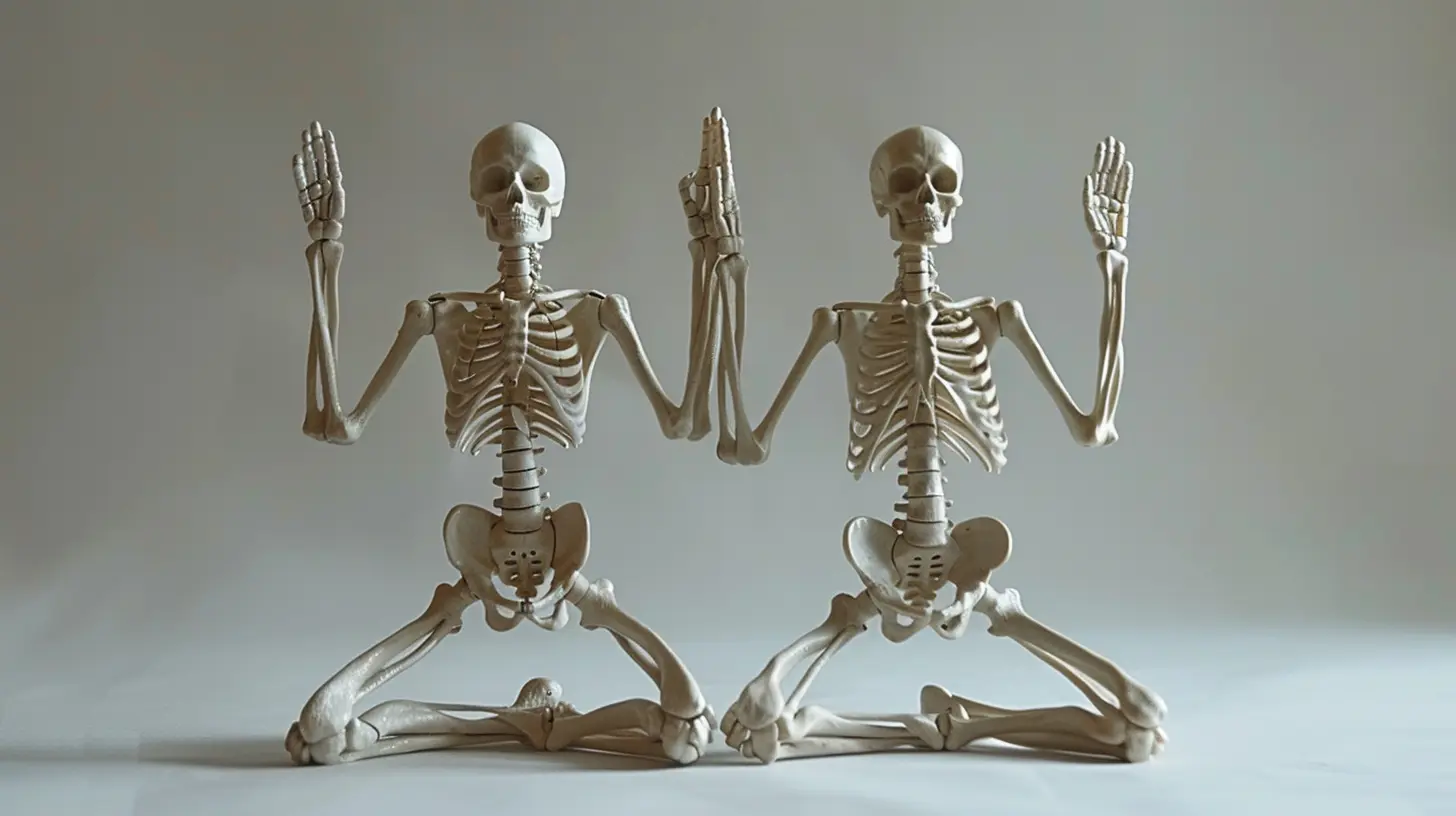
Yoga vs. Pilates: What's the Difference?
Before we go further, let’s clear something up. Yoga and Pilates are NOT the same.- Yoga is ancient, flowing, and often spiritual. It emphasizes breath, balance, flexibility, and mindfulness.
- Pilates is younger (20th century), created with a focus on functional movement, core strength, and alignment.
Both can be practiced by almost anyone, and both offer huge benefits for your bones. But how they do it? A little different. Let’s break it down.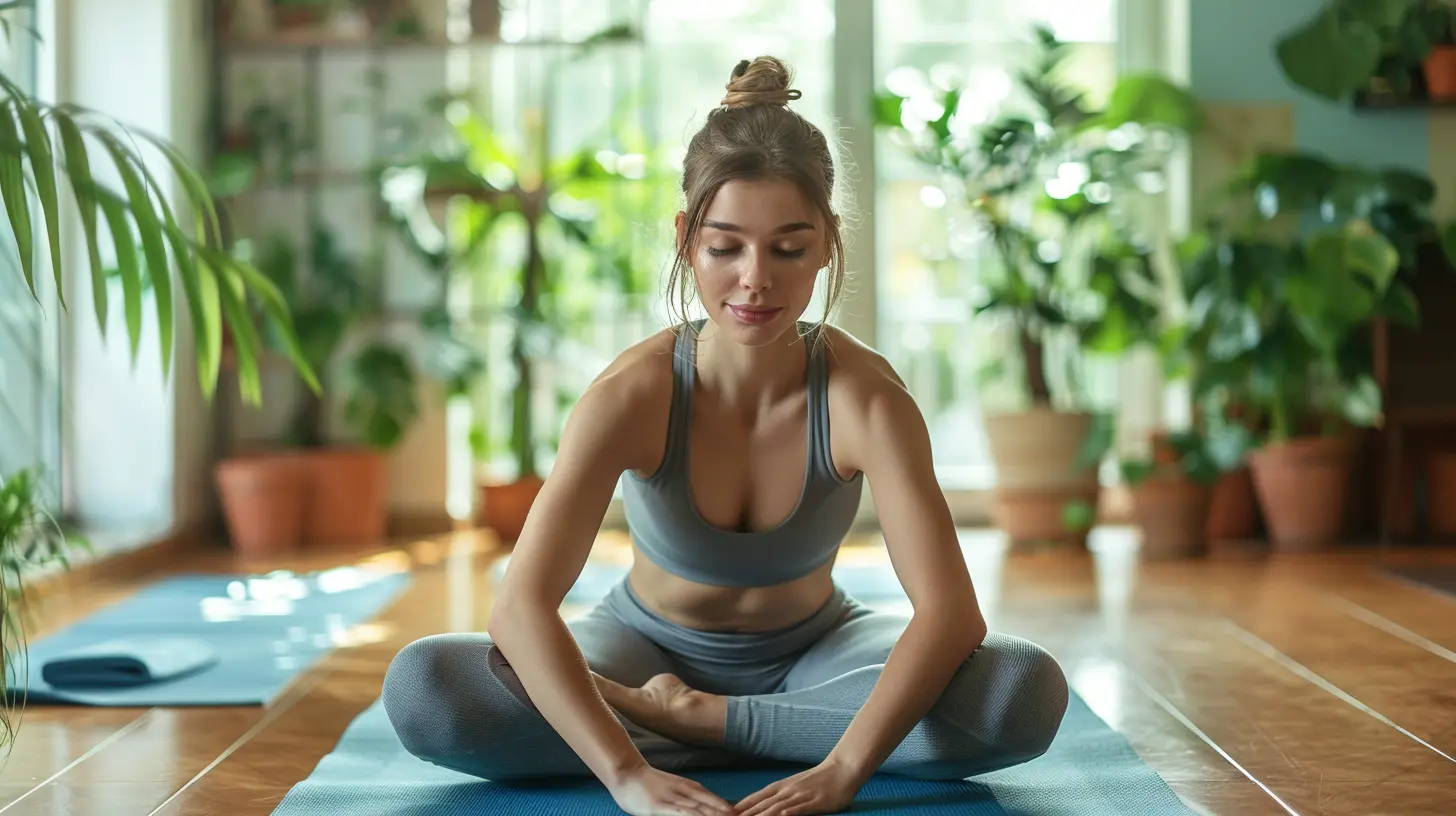
The Bone-Boosting Benefits of Yoga
1. Weight-Bearing Poses Build Bone Density
Ever hold a Warrior II pose for more than a few seconds? Your legs start to shake. That’s because you're bearing your own body weight—something bones love.Poses like:
- Downward-Facing Dog
- Triangle Pose
- Plank
- Tree Pose
…put controlled stress on your spine, hips, legs, and arms—the same key areas prone to fractures.
2. Improved Balance Helps Prevent Falls
Your bones could be strong, but one bad fall can set you back big time. Yoga helps fine-tune your balance by strengthening stabilizing muscles and improving your awareness of how you move.Better balance = fewer falls = fewer chances of breaking a bone. Simple math, right?
3. Yoga Enhances Posture and Alignment
Poor posture can lead to spinal compression and alignment issues that wear down your bones. Yoga counters this with lengthening poses and spinal movements that stack your vertebrae the way nature intended.Think about it: standing tall not only looks confident, it also keeps your spine in tip-top shape.
4. Reduces Inflammation and Supports Joint Health
Chronic inflammation can mess with your bones. Many yoga poses ease joint pain and inflammation, making movement more comfortable and sustainable over time. That means you're more likely to keep exercising—and keeping at it is key!The Bone-Boosting Benefits of Pilates
1. Strengthens the Core (And the Spine Loves It)
Your core—those deep muscles in your abdomen and lower back—is your body’s built-in support system. Pilates focuses intensely on core strengthening, which takes pressure off your spine and evenly distributes forces throughout your body.Strong core = stable body = happy spine.
2. Controlled Movement Targets Bone Mass Areas
Pilates involves precise, slow, and deliberate movement. You might not be jumping around, but your muscles and bones are definitely working.Movements like:
- Leg Circles
- The Hundred
- Swan Dive
- Spine Stretch
…work against gravity and resistance to trigger bone-building activity, especially in the hips, spine, and wrists—common fracture zones.
3. Low-Impact but High Results
Not everyone can—or wants to—hit the gym hard. Pilates provides a safe, low-impact way to challenge your body. That makes it perfect for older adults or those recovering from an injury. It’s the tortoise of exercise: slow and steady really does win the race.4. Boosts Flexibility and Muscle Balance
Tight muscles can pull your joints out of whack, which isn’t great for your bones. Pilates keeps your body aligned and flexible, helping to balance out strength across the front and back sides of your body.That means you move better, fall less, and protect your bones more effectively.
The Science Backs It Up (Yep, It's Not Just Hype)
If you're thinking, “This sounds lovely, but is there proof?”—absolutely.Research from studies published in journals like the Journal of Sports Science & Medicine and Osteoporosis International show that both yoga and Pilates can:
- Increase bone mineral density (BMD)
- Improve balance and mobility
- Reduce fall risk
- Support long-term musculoskeletal health
One well-known study even found that practicing yoga just 10 minutes a day improved spine and hip bone density in older adults over a two-year period. Ten minutes, folks!
Personal Story Time: How Yoga & Pilates Changed My Bones
Let me get real for a second. I used to think yoga was just a bunch of stretching and soft music. Pilates? I thought it was something rich housewives did on reformer machines. But after my mom was diagnosed with osteopenia (that’s the prelude to osteoporosis), I started researching bone health like a maniac.I convinced her to join a gentle yoga class and weekly Pilates sessions. Six months later? Not only was she standing taller, her follow-up scans showed improved bone density. Coincidence? I don’t think so.
Now, we both hit the mat together. And let me tell you, doing yoga with your mom? Kinda wholesome.
Getting Started: Yoga & Pilates Tips for Bone Health
You don’t have to become a yogi or Pilates guru overnight (unless you want to). Here’s how to get started:✅ Start Slow and Be Consistent
Even 10–15 minutes daily can work wonders. Choose beginner-friendly classes online or in-person.✅ Focus on Weight-Bearing Poses
Make sure your routine includes standing and balancing poses. Think: Warrior, Tree, or Chair pose in yoga. In Pilates, go for mat work that lifts your limbs off the floor.✅ Modify As Needed
Not everything will feel comfy at first. Listen to your body, use props, and don’t be afraid to ask for help.✅ Pair with a Bone-Healthy Diet
Calcium, vitamin D, magnesium, and protein are all vital. Eat like you mean it—your bones are counting on you.✅ Keep It Fun
Try different styles—Hatha yoga, restorative yoga, mat Pilates, or even reformer classes—until something clicks. If it’s fun, you’ll stick with it.Are Yoga and Pilates Enough on Their Own?
Great question. For many people, yes—especially if you're consistent. But you’ll get the best results by combining them with other bone-supportive activities like walking, swimming, or light resistance training.Think of yoga and Pilates as the foundation. Add in a few bricks of cardio and weight training, and you’re building a bone fortress.
Final Thoughts: Keep Your Bones Happy
At the end of the day, bone health doesn’t have to be boring or intimidating. Incorporating yoga and Pilates is a gentle, effective way to build strength, improve balance, and stay mobile well into your later years.Your bones are with you for life—they deserve a little TLC. So roll out that mat, take a deep breath, and move with purpose. Your future self (and your skeleton) will thank you.
all images in this post were generated using AI tools
Category:
Bone HealthAuthor:

Sophia Wyatt
Discussion
rate this article
4 comments
Sari Hall
Thank you for this insightful article! It beautifully highlights how yoga and Pilates can enhance bone strength. I appreciate the practical tips and evidence shared—I'm eager to incorporate these practices into my daily routine for better health!
May 17, 2025 at 4:53 PM

Sophia Wyatt
Thank you for your kind words! I'm glad you found the article helpful and inspiring. Enjoy your journey with yoga and Pilates!
Orionis McCray
Yoga and Pilates can significantly enhance bone strength through improved balance and flexibility.
May 9, 2025 at 2:25 AM

Sophia Wyatt
Absolutely! Both yoga and Pilates are excellent practices for enhancing bone strength by promoting balance and flexibility.
Kane Anderson
Yoga and Pilates enhance bone strength through improved balance, flexibility, and stability.
May 6, 2025 at 3:03 PM

Sophia Wyatt
Thank you for your insightful comment! Indeed, Yoga and Pilates play a crucial role in enhancing bone strength by promoting balance, flexibility, and stability.
Nymira Forbes
Incorporating yoga and Pilates into your routine not only enhances flexibility and balance but also significantly strengthens bones, promoting overall skeletal health. These practices foster a holistic approach to wellbeing and injury prevention.
May 3, 2025 at 4:53 AM

Sophia Wyatt
Thank you for your insightful comment! I completely agree—yoga and Pilates offer incredible benefits for both bone strength and overall wellness.

